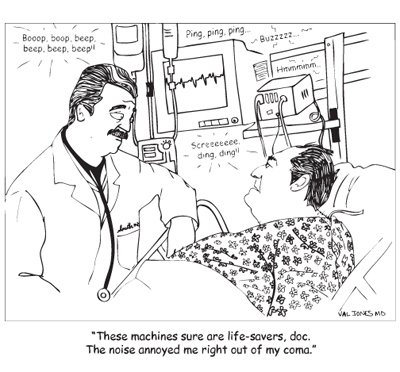August 20th, 2011 by American Journal of Neuroradiology in Research
No Comments »

Bilateral symmetric claustrum lesions shown on MR imaging are rarely reported, especially transient and reversible lesions associated with seizures, such as herpes simplex encephalitis,1 unidentified encephalopathy,2 and acute encephalitis with refractory repetitive partial seizures.3 To our knowledge, there are no reports of symmetric bilateral claustrum lesions with mumps encephalitis.
A 21-year-old man had been experiencing cold like symptoms with headache and fever for a week when he vomited and had a tonic-clonic seizure and was subsequently taken to a nearby emergency hospital (day 1). He had been noticing spasms on the left side of his face for 2 days. On his last visit to the hospital, he reported disorientation accompanied by fever; however, a brain MR imaging and CSF analysis showed no abnormalities. Because he was instatus epilepticus on hospitalization, midazolam was administered by intravenous infusion at 3.0 mg/h. Around this time, the patient started to experience visual hallucinations and reported seeing Read more »
*This blog post was originally published at AJNR Blog*
June 28th, 2011 by American Journal of Neuroradiology in Research
No Comments »

Gray matter (GM) damage, in terms of focal lesions,1 “diffuse” tissue injury, and atrophy is a well-known feature of multiple sclerosis (MS). Recently, T1-hyperintensity on unenhanced T1-weighted sequences has been found in the dentate nuclei of patients with MS with severe disability and high T2 lesion load.2 Such an abnormality has been interpreted as an additional sign of the neurodegenerative processes known to occur in the course of MS. This report describes a patient who, despite being mildly disabled and having a low T2 lesion load and no evident brain atrophy, showed a bilateral dentate nucleus T1 hyperintensity.
The patient was a 44-year-old man who had a diagnosis of relapsing-remitting MS (RRMS) in September 1997, after 3 relapses that occurred in June 1995, March 1997, and September 1997. Brain and cord MR imaging and CSF examination were suggestive of MS. After the diagnosis, he started treatment with interferonβ-1α, with clinical stability until January 2009, when he complained of vertigo, which gradually resolved after 5 days of steroidtreatment (methylprednisolone, 1 g daily intravenously). In September 2010, he entered a research protocol and underwent neurologic and neuropsychologic (Rao Brief Repeatable Neuropsychological Battery) evaluations and brain MR imaging on a 3T scanner. The neurologic examination showed Read more »
*This blog post was originally published at AJNR Blog*











